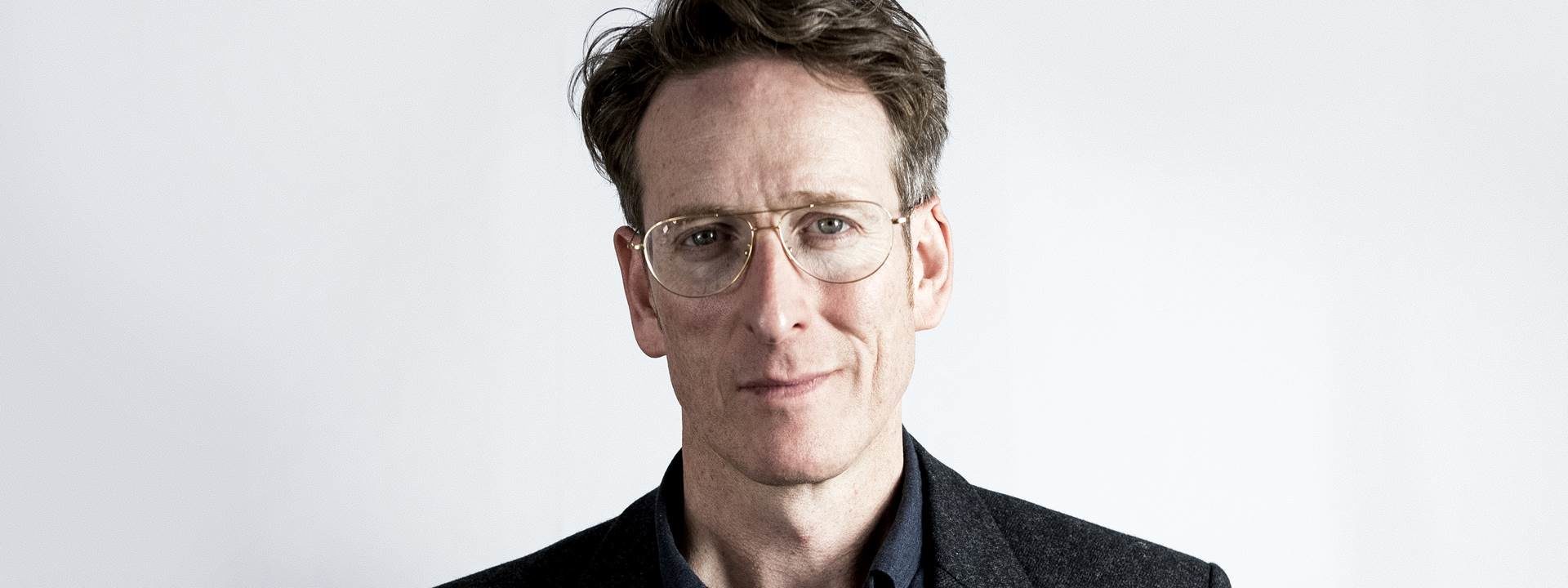LEARN TO BE YOUR OWN WORST ENEMY
news
Agency News
Published by
Charles Vallance
Date
28/09/2017
We will see more adversity in advertising and it's no bad thing.
What kind of brands do you find yourself working on?
I often end up with orange ones. Like, erm, Orange or ING, or easyJet. If they’re not orange, they’re likely to be challenger brands such as O2 or Nationwide, Dyson, Hiscox, Avis, First Direct or Vitality.
Given that most orange brands tend also to be challengers, then it’s fair to say that “challenger brands” would have to be my answer to my opening question.
The trouble with challenger brands is they can be, well, a bit of a challenge. Restless, fidgety, unpredictable. Sometimes I long for the unruffled purr of a brand leader, the Maybach V8 ride of a Guinness or a Persil. The effortless equilibrium of an Oxo or a Johnnie Walker.
From time to time I attend meetings in the sumptuous headquarters of the world’s great advertising holding companies. Proper money has been spent on these places. Not the sort of money you associate with posh home improvements, mind you. We’re not talking some rugs from Heal’s and a few Conran throw cushions. No. We’re talking real money. The kind of money you associate with superyachts, oligarchs and gangster rap.
Whenever I visit one of these modern day Communication Cathedrals, I am gripped by one of two reactions; agoraphobia due to the scale of their cantilevered atria, or vertigo due to the cliff edge nature of their panoramic views over London’s prime real estate. I promise you, there’s one on the Thames that makes Sexy Fish feel homely.
One can only conclude that it’s alright for some. The big guys, the brand leaders, the high steppers play by a different set of rules. Then there’s the rest of us, the scrappers, the challengers, the orange ones. For us it’s rather different. We attract a different kind of customer. One client I’ve worked with in a number of different guises (always as a challenger), once likened VCCP’s offices to a boxing gym above a pub. That’s how scruffy we are vs the glistening Xanadus of the megacorps.
Interestingly, his comparison of our office to a rough house gym was not meant to be disparaging. He’s an admirer of rough edges. He has a few himself. (Indeed, if you hit him in the face with a frying pan it might result in an improvement). Challenger marketers like him are looking for a bit of fight in their agency, a bit of hustle, a few marks on the paintwork. And an absence of wall to wall marble.
This abrasive edge normally feeds through into the way challenger brands communicate. In my experience, they don’t think so much about the “competition”, they think more about the “enemy”. They like to have a clear opponent, and they love to take that opponent down.
This is partly about being competitive, but it is also about cutting through. Challenger brands don’t need consensus. They’re allowed to polarise and this gives them a big head start because, in the battle for people’s attention, polarity is good.
It’s so good that we’re beginning to see the return of the Brand Detractor. These are characters or devices which allow brands to polarise, even when they’re not directly challenging a rival. It allows them to denigrate or attack an enemy of their own making.
It is, if you like, a kind of “auto-challenge”, and in my view, it’s leading to some of the sharpest work around. Aleksandr Orlov (one of ours) is a classic example, but so is Marmite in pitting Lovers against Haters, Toyota in getting Yaris owners to avenge disrespectful passengers, or Audi in patronising boy racers through the RS5 drag race spoof.
If we’re clever in the way we define an enemy, then every brand can find a challenge, can start a fight. Snickers vs hunger, Ikea vs chintz, Reebok vs belly, or Super Noodle vs salad (back in the day) are great examples. We are faced with so many messages, so many distractions, that it’s sometimes only the discordant notes we hear.
These days, as I’ve said before, advertising’s biggest enemy is indifference. And one of the best ways to defeat this enemy is to create an enemy of your own. Expect to see more adversity in advertising.


